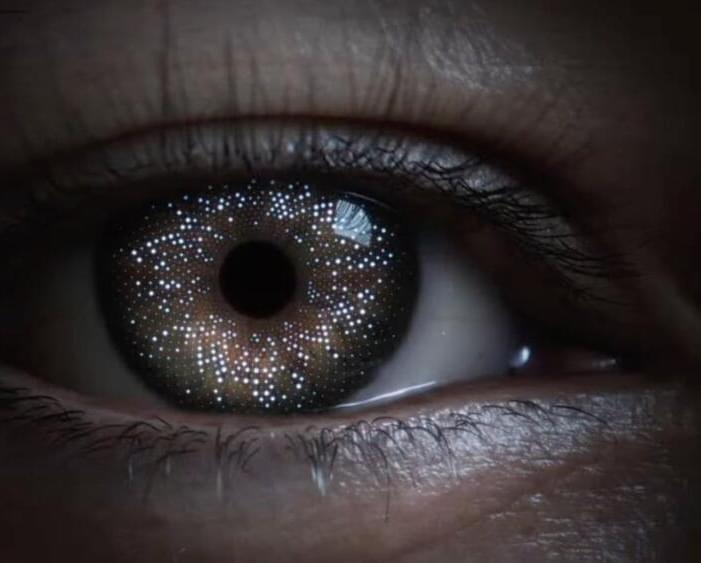Take a cassette and enjoy the experience.


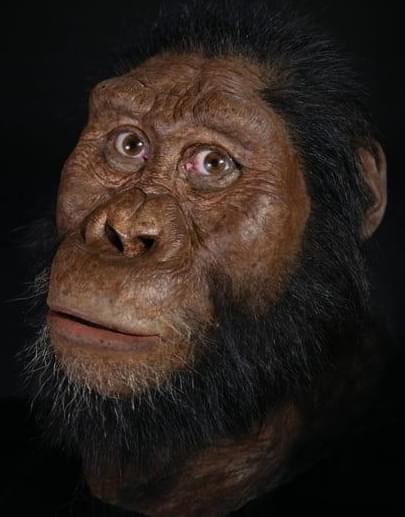
The African skull aged 3.8 million years old is giving researchers a peek into humanity’s evolutionary history, a new study suggests.
The discovery explains what the face of a possible ancestor of the species famously represented by Lucy – the well-known Ethiopian skeleton discovered in the mid-1970s – may have looked like.
This thesis has been published in the British journal Nature, which was reviewed by superiors. The fossil cranium represents a specimen from a time interval between 4.1 and 3.6 million years ago when early human ancestor fossils are extremely rare, researchers say.

Welcome to the latest edition of Security & Tech Insights. In this newsletter, predictions on topics of cybersecurity, emerging computing, artificial intelligence, and space will be explored. Thanks for reading and sharing!
Chuck Brooks, Editor.
https://enterprise.spectrum.com/insights/blog/2024-enterpris…aid-Social.
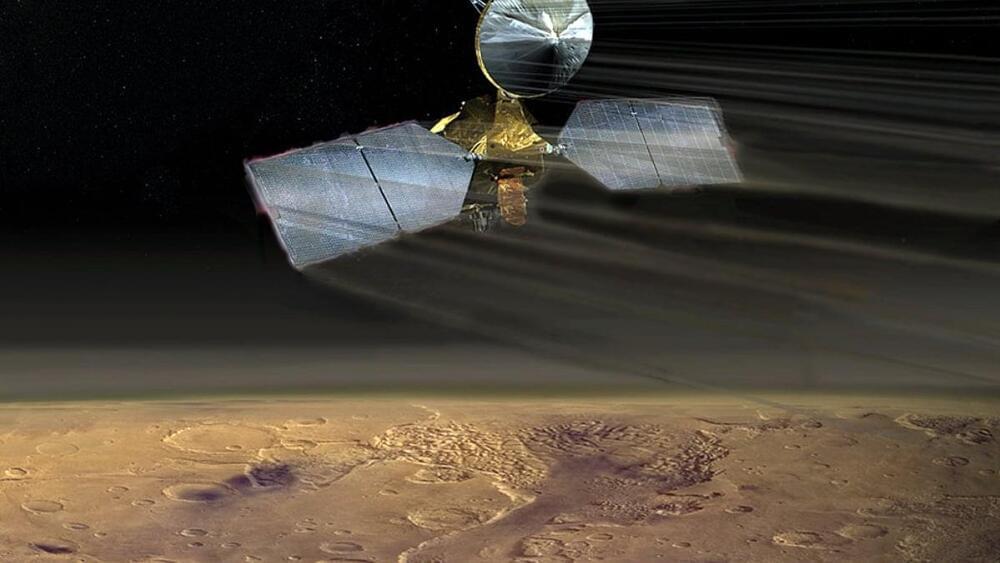
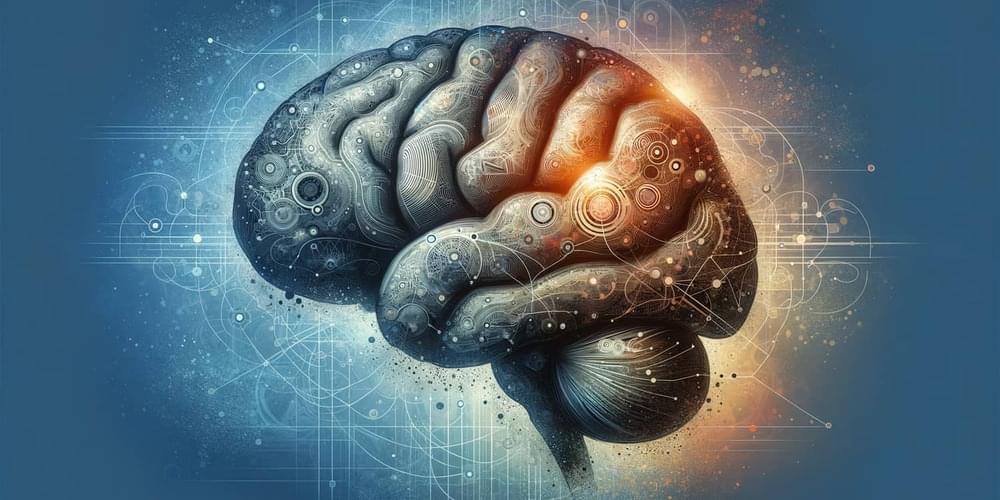
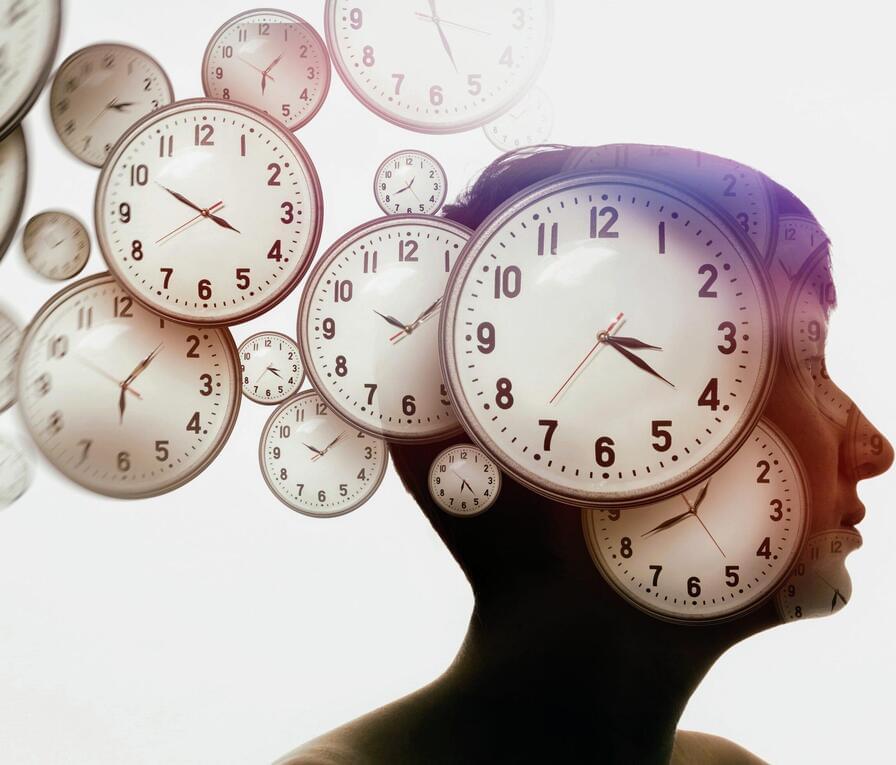
Scientists have made progress in understanding how the brain processes time, potentially rewriting the narrative on neural flexibility and cognitive function.
The research, led by Professor Arkarup Banerjee in the Cold Spring Harbor Laboratory, focused on the vocalizations of Alston’s singing mouse from Costa Rica, offers profound insights into how our brains may bend the perception of time to adapt to varying circumstances.
This phenomenon could have far-reaching implications across numerous fields including technology, education, and therapy.

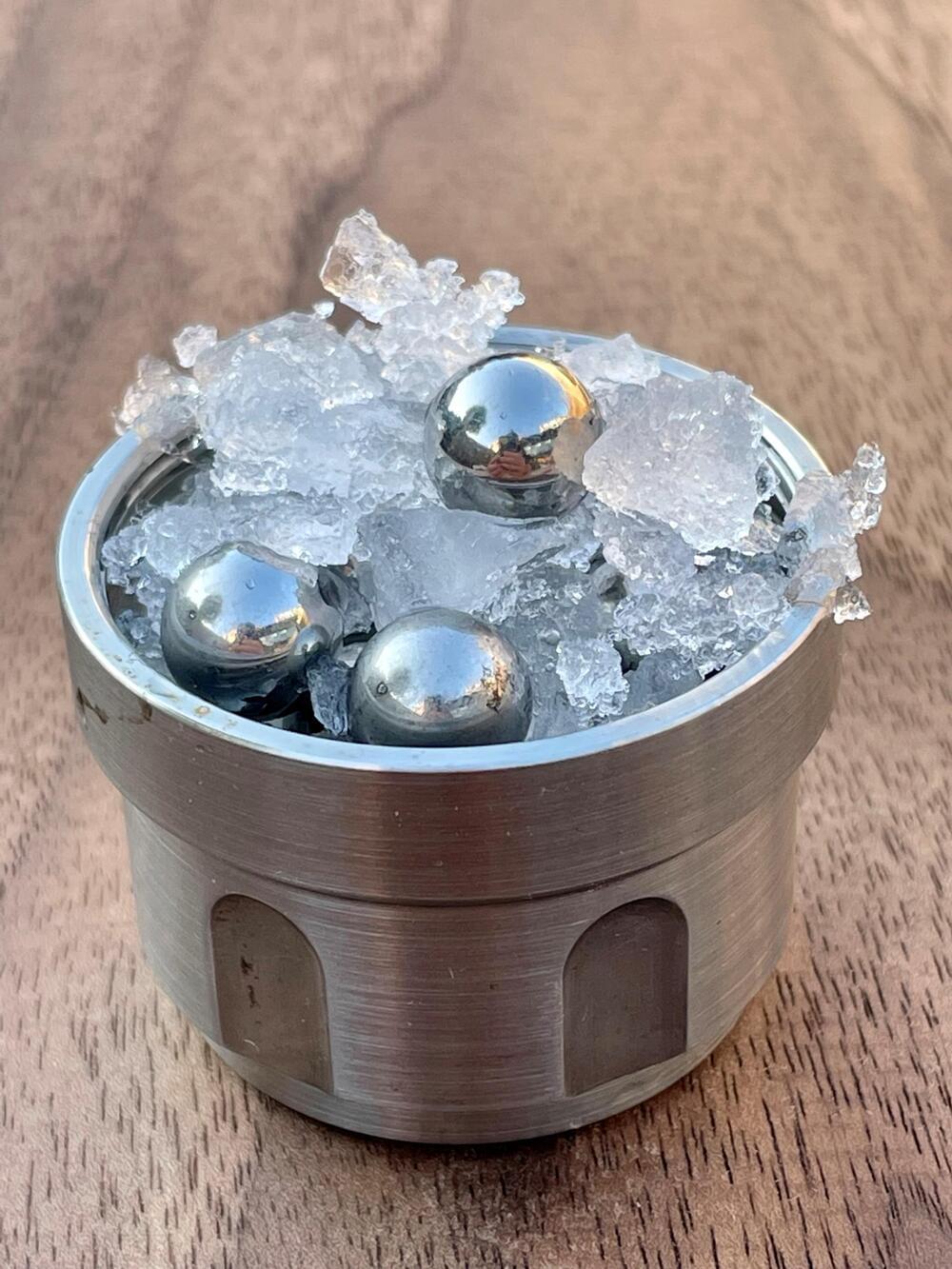
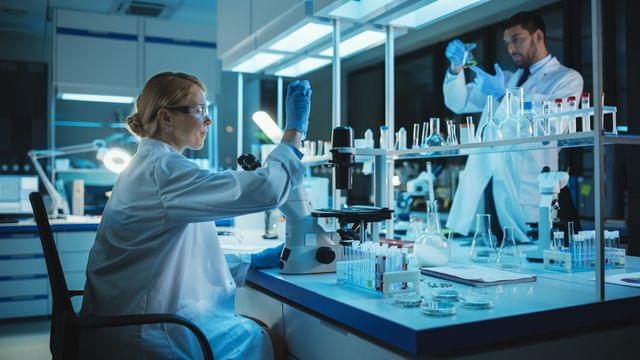
Researchers at the University of California, Irvine and Los Alamos National Laboratory, publishing in the latest issue of Nature Communications, describe the discovery of a new method that transforms everyday materials like glass into materials scientists can use to make quantum computers.
“The materials we made are substances that exhibit unique electrical or quantum properties because of their specific atomic shapes or structures,” said Luis A. Jauregui, professor of physics & astronomy at UCI and lead author of the new paper. “Imagine if we could transform glass, typically considered an insulating material, and convert it into efficient conductors akin to copper. That’s what we’ve done.”
Conventional computers use silicon as a conductor, but silicon has limits. Quantum computers stand to help bypass these limits, and methods like those described in the new study will help quantum computers become an everyday reality.
